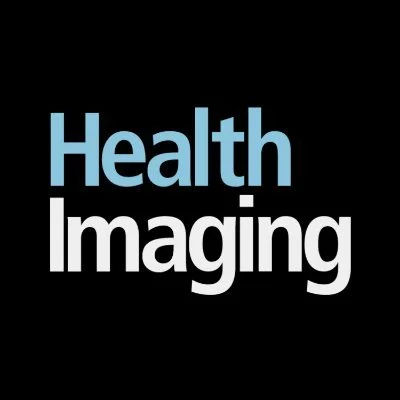Radiologists using AI visual cues are more likely to identify breast cancers on mammograms, as revealed by eye-tracking analysis.
Key Details
- 1Study published in RSNA's journal Radiology.
- 2Researchers used camera-based eye-tracking to observe 12 radiologists interpreting 150 mammograms (75 malignant, 75 benign).
- 3AI decision support highlighted suspicious areas and assigned malignancy likelihood scores (0-100).
- 4Eye-tracking identified where and how long readers focused on specific image regions with and without AI support.
- 5AI support altered reading patterns and improved cancer detection.
Why It Matters
This study provides concrete evidence that AI tools not only assist radiologists with detection but also change how they visually interact with imaging, which could lead to more effective mammography interpretation and ultimately improve breast cancer outcomes.

Source
Health Imaging
Related News

•AuntMinnie
AI Enables Safe 75% Gadolinium Reduction in Breast MRI Without Losing Sensitivity
AI-enhanced breast MRI with a 75% reduced gadolinium dose maintained diagnostic sensitivity comparable to full-dose protocols.

•Cardiovascular Business
Deep Learning AI Model Detects Coronary Microvascular Dysfunction Via ECG
A new AI algorithm rapidly detects coronary microvascular dysfunction using ECGs, with validation incorporating PET imaging.

•AuntMinnie
Study: Patients Prefer AI in Radiology as Assistive, Not Standalone Tool
Survey finds patients support AI-assisted radiology but not AI-only interpretations.